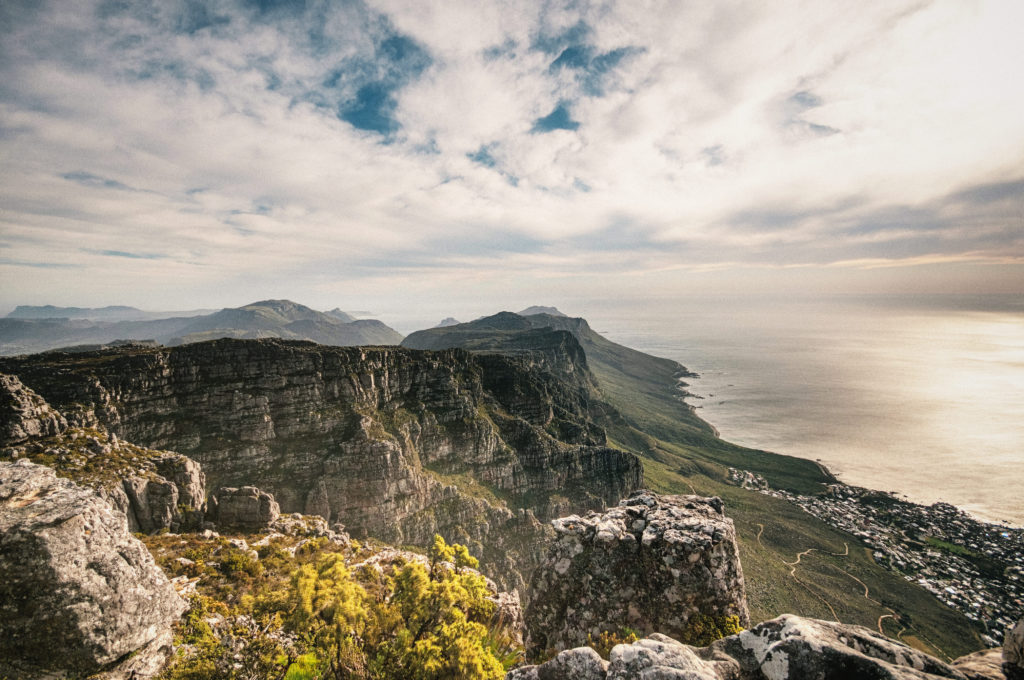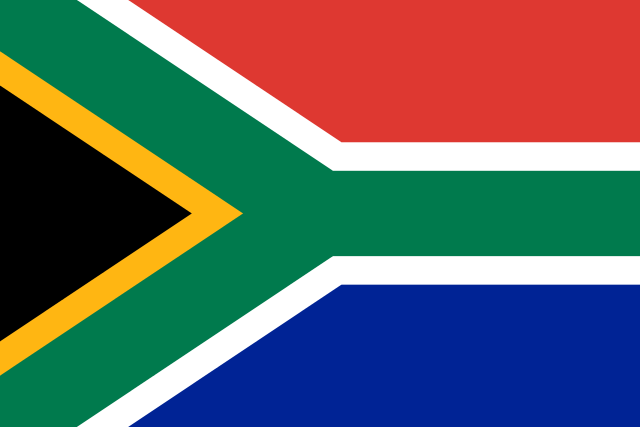In a land as ruggedly beautiful as South Africa, it’s no stretch to say that there are thousands of options for adventure sports. From rafting down fearsome, fast-moving rivers to biking twisting downhill trails meters away from sheer cliffs, South Africa is at once scenic and physically challenging.
Given the sheer variety of options, this guide will be broken down into three sections: sky, land, and water, with the relevant activities posted in each. Here are the top highlights for land.
Before we get started, just a disclaimer for legality’s sake: this is just information. I don’t recommend or endorse anything, and remember that any risk you take will be your own. Adventure sports contain an element of danger (hence the name), which can be reduced by hiring experienced guides with good equipment (and obeying their commands).
Let’s get started.
Mountain Biking
Start with Cape Town.
I know what you’re thinking: Cape Town is South Africa’s most populous city, so what is there for me there? Plenty, as it turns out–so long as you’re willing to head outside its environs to Table Mountain. The lush, rocky expanses of the area are home to a vast assortment of narrow singletrack bike trails, hairpin turns winding around the varied, dense vegetation and occasionally opening up into sweeping, panoramic vistas of sea, sky, and land.
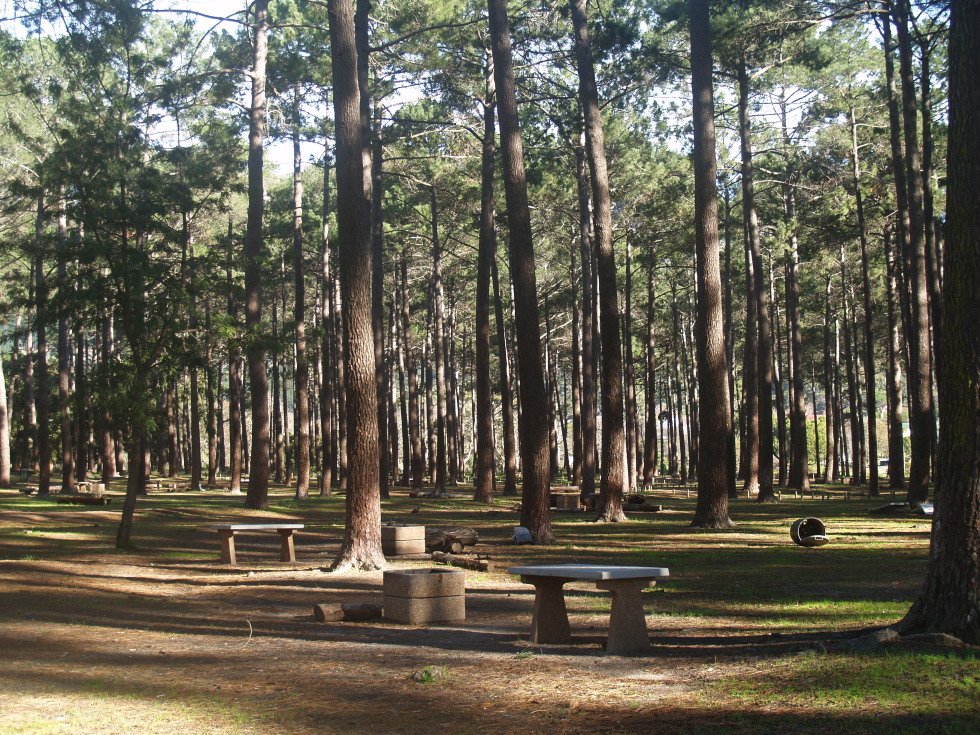
Tokai Forest. Source.
In particular, Tokai Forest is a top choice: the views vary from sleepy wineyards to snapshots of the imposing grandeur of Table Mountain itself, though you’ll likely spend much of your time zipping through the shady environs of the forest itself. A note of caution: some trails do have pine needles scattered about, which can reduce traction. If you want a guide, check out Downhill Adventures: this highly rated outfit offers a whole range of action sports, including mountain biking.
Elsewhere in South Africa, check out the Impala Ranch Trails in Jeffreys Bay (Eastern Cape), as well as the Giba Gorge Trails. The Impala Ranch, some seven kilometers outside Jeffreys Bay, and far flatter (and less forested) than trails in Table Mountain and Giba Gorge. However, the trail isn’t without its charms; bikers will zoom past giant wind turbines, through gently sloping fields of grass and wildflowers, and into sparse, occasional clumps of trees.
Giba Gorge has a whole range of trails, coded by color (blue, green, purple) as well as function (enduro or downhill). Visitors can expect winding, tight trails with some roots and rocks, as well as some truly breathtaking views. The best part? Nearby are ranches and horseback riding, so if you (or the rest of the family) tire of biking, you can always switch activities. Alternatively, leave your loved ones behind and carve out some time for yourself on the trails.
Rock Climbing
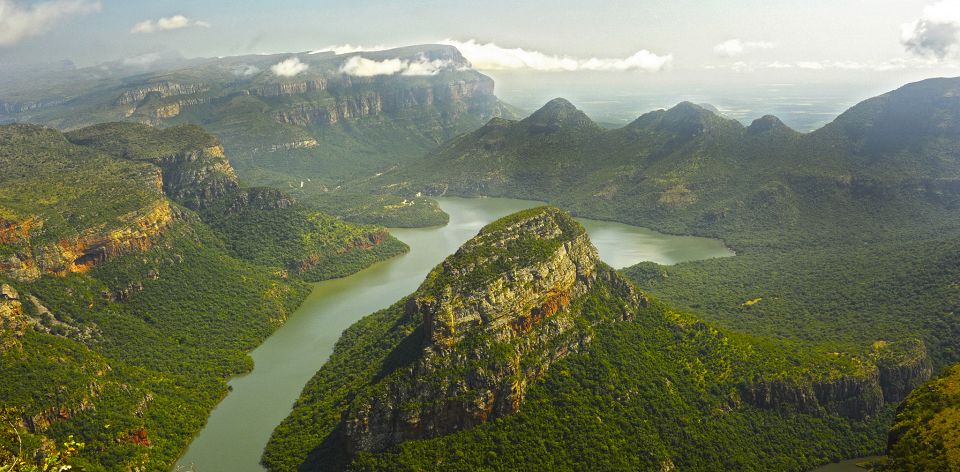
Blyde River Canyon. Source.
No more indoor courses. Instead, test your mettle on some of the world’s finest rock climbing circuits, from Waterval Boven, east of Johannesburg, to stunning Blyde River Canyon. Thanks to the nation’s varied, diverse geography, rock climbing is plentiful here; as a plus, many of the top rock climbing spots are situated alongside otherworldly views.
Sandboarding

Catching air on the (sand) slopes near Mossel Bay. Source.
A uniquely South African sport that has since spread to other nations, sandboarding is a blast. Essentially snowboarding for hot environments, sandboarders slide down giant desert dunes which can be as high as 100 meters (300 feet). Participants use snowboards and bodyboards to descend the dunes. Naturally, the best sandboarding in South Africa takes place around large, sandy dunes, such as Atlantis or Silver Sands in Bettys Bay, in the Western Cape. The activity is also quite a common one, and is offered by tour operators anywhere the dunes are high enough.
Spelunking
Caving is particularly popular in South Africa, given that the country is home to some of the oldest (and largest) known caves. Coupled with the nation’s preponderance of soft limestone, easily eroded by water over millions of years, and you have a land rife with caverns, many of which, despite their size and archaeological significance, remain obscure, off-the-beaten track locations.
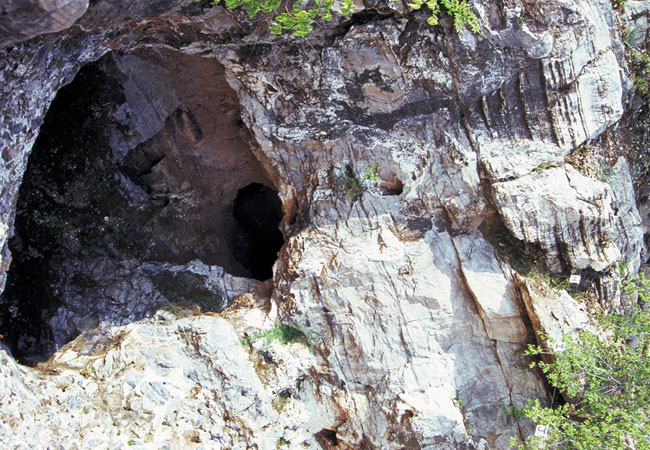
The Sterkfontein Caves, a UNESCO World Heritage Site. Source.
But caves aren’t simply repositories of human culture (and even the remains of those primates who came before); they’re also a great place for adventure. There are a number of caving societies (the proper term is speleological, or related to spelunking) in the country; several tour operators also conduct caving tours. Either way, it’s highly recommended that intrepid travelers join a group; caving, especially in the labyrinthine confines of South Africa’s numerous caves, comes with its own dangers.
Among the must-see areas are Sterkfontein Caves, Cango Caves, and the Blyde River Canyon, (I covered the latter two in my previous posts). Sterkfontein, in particular, is perhaps the richest fossil site in the world–so much so that it was declared a UNESCO World Heritage site for its sheer variety.
Next up: Action and Adventure on Soth Africa’s waters.

